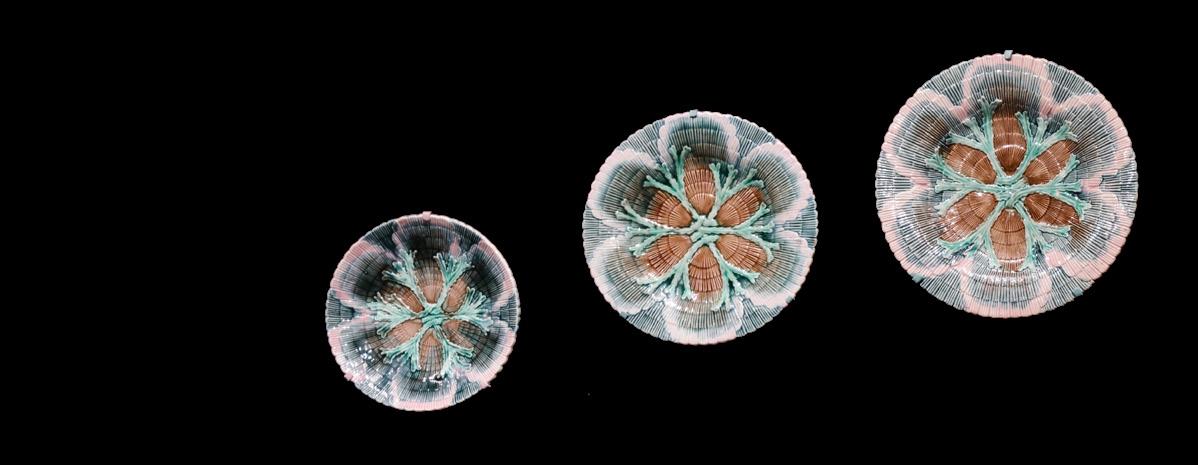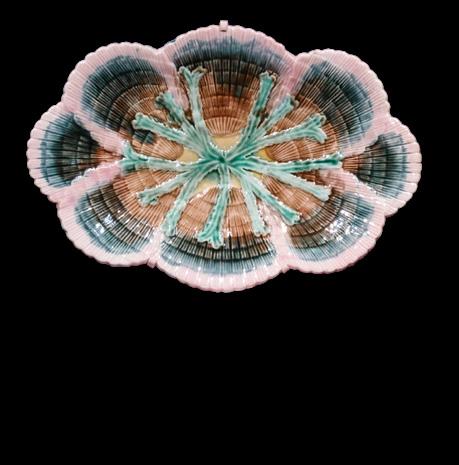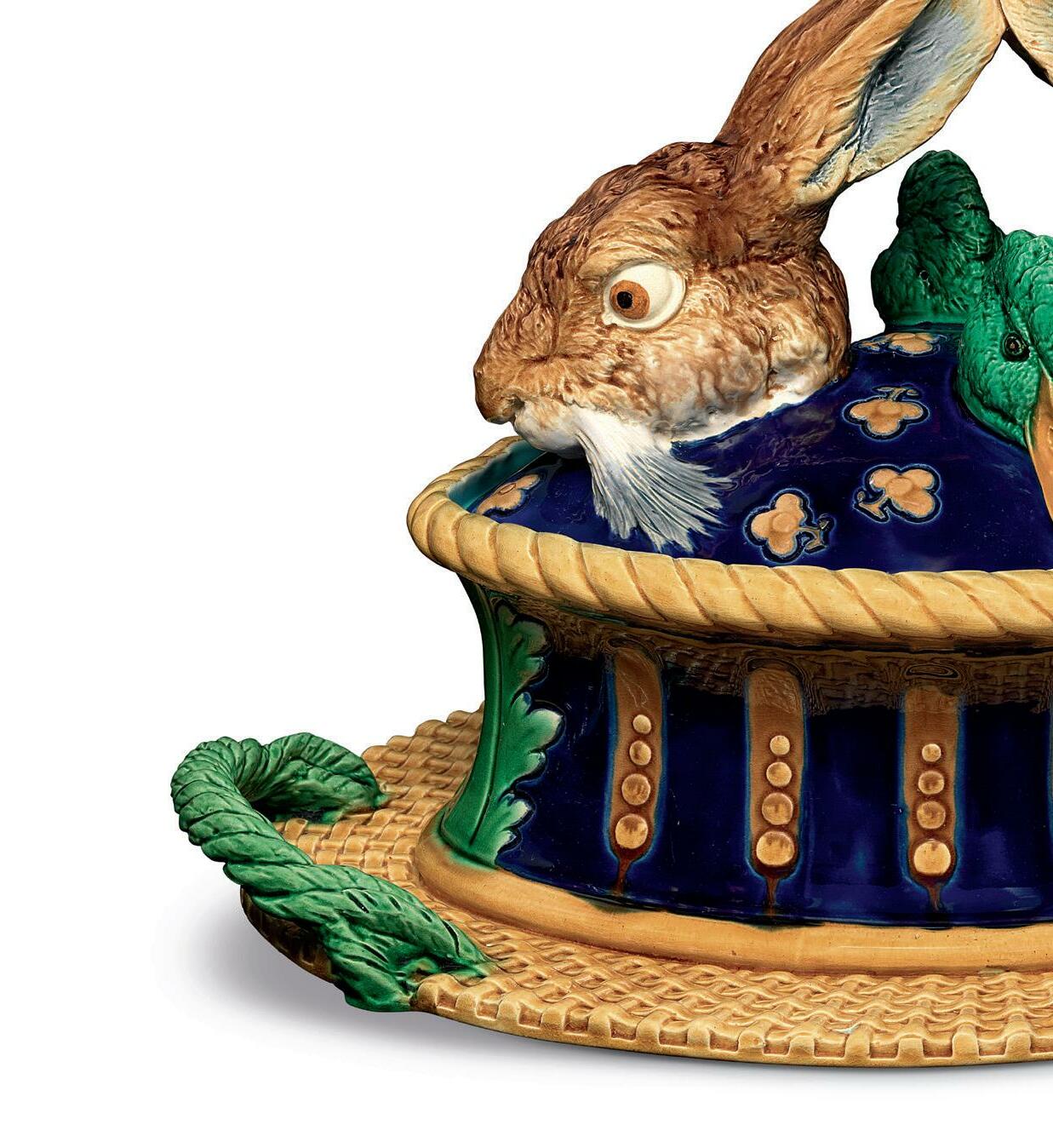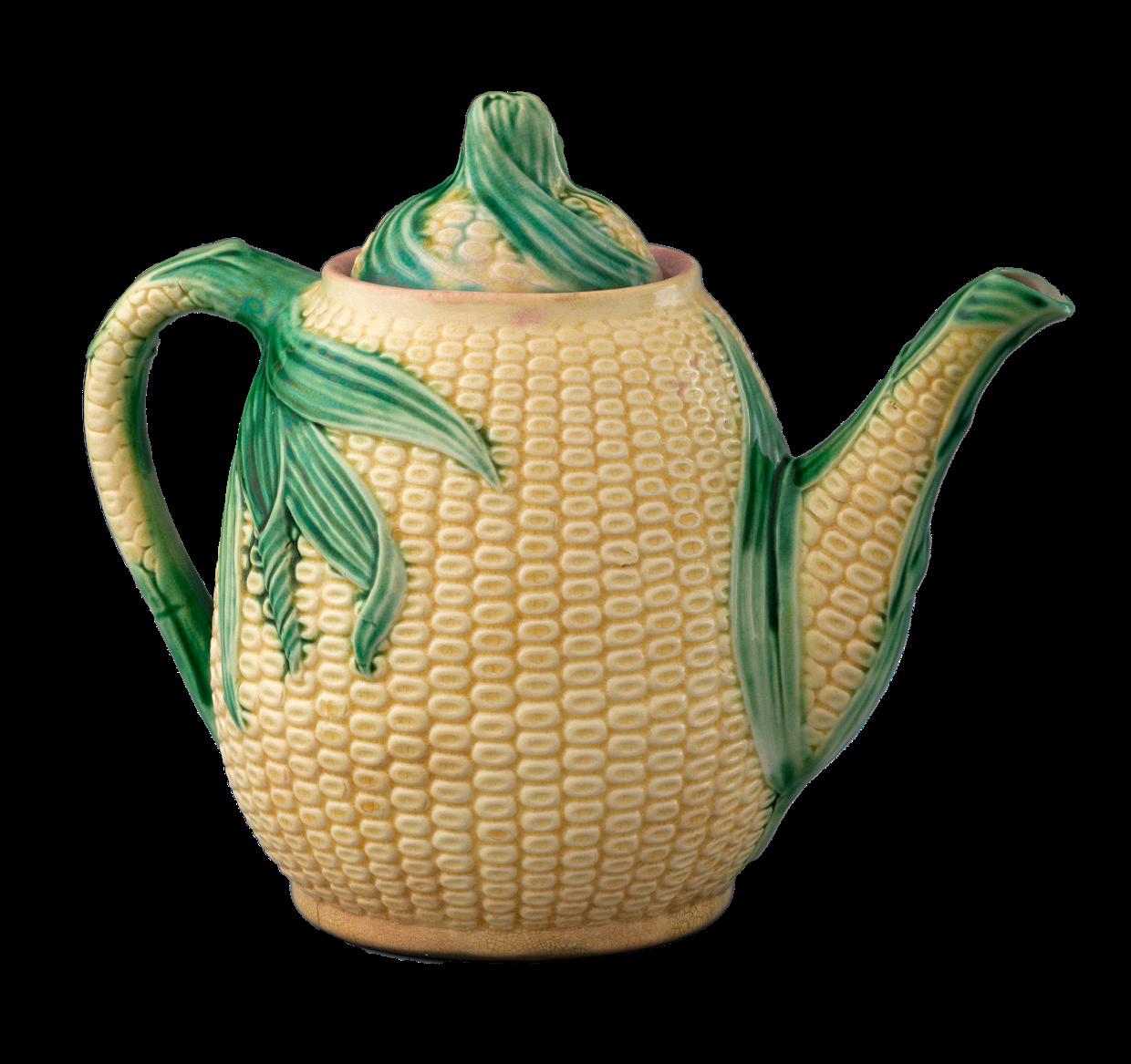
4 minute read
Majolica Mania: Transatlantic Pottery in England and the United States, 1850–1915
September 24, 2021–January 2, 2022 Curated by Susan Weber, Founder and Director, Bard Graduate Center, and Jo Briggs, Jennie Walters Delano Associate Curator of 18th- and 19th-Century Art, Walters Art Museum Project Directors: Earl Martin and Laura Microulis (PhD ’16)
Advertisement
Special thanks to the Majolica International Society
Support for the Majolica Mania website was generously provided by Joseph Piropato and the Lee B. Anderson Memorial Foundation, with special thanks to Ann Pyne and the Sherrill Foundation. Majolica Mania: Transatlantic Pottery in England and the United States, 1850–1915 was made possible by Deborah and Philip English, the Bernard Malberg Charitable Trust, the Abra and Jim Wilkin Fund, and the Gary Vikan Exhibition Fund, with the generous support of Marilyn and Edward Flower, Amy Cole Griffin, Darci and Randy Iola, James and Carol Harkess, Maryanne H. Leckie, the Lee B. Anderson Memorial Foundation, the Thomas B. and Elizabeth M. Sheridan Foundation, Inc., the Robert Lehman Foundation, and the Women’s Committee of the Walters Art Museum, with additional support by Carolyn and Mark Brownawell, the Hilde Voss Eliasberg Fund for Exhibitions, Joseph Piropato, Ann Pyne, Lynn and Phil Rauch, George and Jennifer Reynolds, the Sherrill Foundation, Carol and George E. Warner, Michael and Karen Strawser / Strawser Auction Group, Laurie Wirth-Melliand and Richard Melliand, the Dr. Lee MacCormick Edwards Charitable Foundation, Drs. Elke C. and William G. Durden, Joan Stacke Graham, Wanda and Duane Matthes / Antiques from Trilogy, Robin and Andrew Schirrmeister, Karen and Mike Smith, William Blair and Co., and other generous donors to Bard Graduate Center and the Walters Art Museum.
Griffen, Smith & Co., “Shell” ware, ca. 1879–90. Earthenware with majolica glazes. Private collection, some ex. coll. Dr. Howard Silby. Photograph: Bruce M. White.
Majolica, the popular nineteenth-century pottery, provided the subject for Majolica Mania: Transatlantic Pottery in England and the United States, 1850–1915, Bard Graduate Center’s largest exhibition to date, as well as a three-volume catalogue and a book of object
Minton & Co., Game Pie dish, shape no. 1990, 1876. Earthenware with majolica glazes. Joan Stacke Graham. Photograph: Bruce M. White.


highlights, an online companion site, and a host of virtual events. The project represented the culmination of a multiyear international research project that continued BGC’s tradition of identifying under recognized and undervalued areas of scholarship in nineteenth-century decorative arts.
The exhibition presented more than 350 objects drawn from major private collections in the United States and leading public collections in the US and England, including the Maryland Historical Society, Philadelphia Museum of Art, Potteries Museum and Art Gallery, Royal Collection, and the Victoria and Albert Museum. Barrymore Laurence Scherer’s review in the Wall Street Journal called Majolica Mania “a joyous show [that is] so engaging and so memorable.” The exhibition continues to attract visitors from all over the world with additional stops in Baltimore at the Walters Art Museum, which organized the exhibition with BGC, and in Stoke-onTrent, England, at the Potteries Museum.
The Majolica Mania catalogue won the 2021 Historians of British Art (HBA) Book Prize for an outstanding multi-authored book on the history of British art, architecture, and visual culture. According to the HBA announcement,
the three lavishly illustrated volumes of Majolica Mania offer a visual fantasia that is as fascinating and comprehensive as its scholarship. … Majolica’s historiography, design, production, uses (from architectural decoration and sculpture to hygienic dishware), iconographies, relationship to design reform, promotion through exhibitions, and more are explored in this major research undertaking, which definitively establishes the importance of these ceramics for our understanding of nineteenth-century culture, and offers serious delight while doing so.
Majolica Mania’s online companion site won the Digital Media Award from the Metropolitan Chapter of the Victorian Society of America. One of the site’s most advanced features presents virtual recreations of objects in the exhibition using a process called photogrammetry, in which thousands of photographs of one object are digitally “stitched together” to create a three-dimensional, virtual model that can be manipulated by viewers on their computers, as if they were picking the object up, holding it, and rotating it to view it from different perspectives.
Events included an online symposium that explored the influence of French artists on English majolica; a lecture delivered to the Potteries of Trenton Society; discussions of representations of race in majolica; the chemical properties of its rich, saturated hues; and an exploration of the hazards of working with lead-based glazes, one of the factors in the decline of majolica’s popularity.
Left: Griffen, Smith & Co., “Shell” ware, ca. 1879–90. Earthenware with majolica glazes. Private collection, ex. coll. Dr. Howard Silby. Photo by Bruce M. White.

Right: Eileen Gray. Cabinet, ca. 1929. Painted wood. Galerie Jacques De Vos. Photograph: Christian Baraja, Studio SLB.










